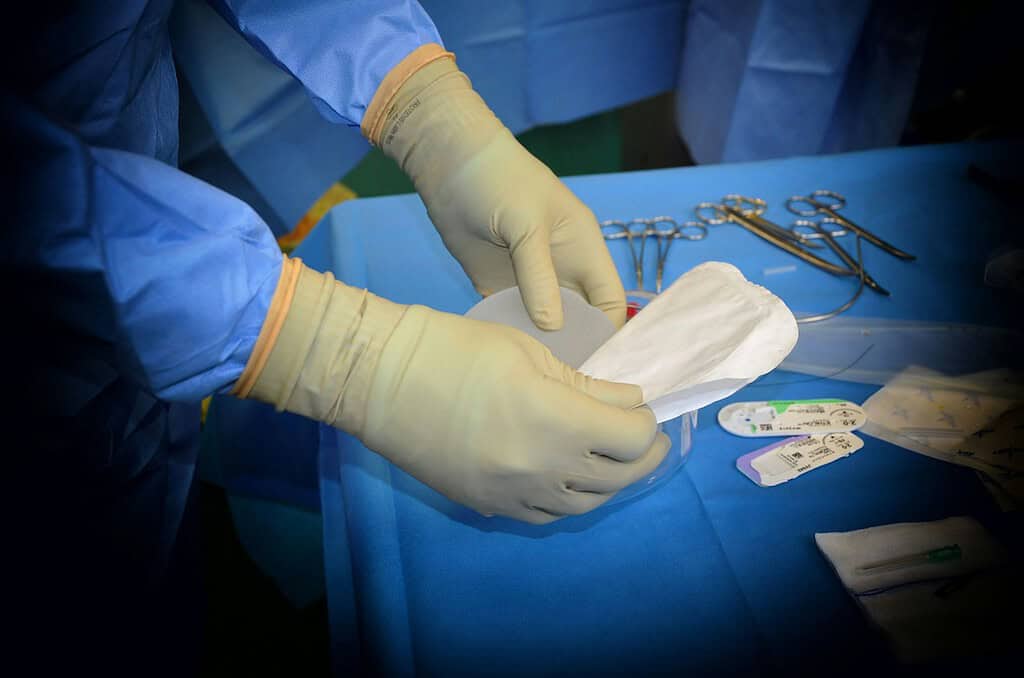

Medical training is one of the most demanding and responsible challenges in modern education. Doctors must not only acquire theoretical knowledge, but also develop practical skills that can save lives. Traditional training methods often reach their limits - for example due to limited resources or the risks of real errors.
This is where augmented reality (AR) comes into play. AR opens up opportunities for medical students and professionals to train in risk-free environments, explore complex anatomical structures and prepare for rare scenarios. This technology is changing the way medical knowledge is taught, bringing huge benefits to both educators and learners.
1. surgical simulations for precise interventions
AR enables medical students and surgeons to practice surgical procedures in a virtual environment. With the help of AR glasses such as the HoloLens, anatomical structures can be projected in 3D and analyzed in real time. Complex procedures such as heart operations or neurosurgical interventions can be planned and simulated in detail.
2. virtual anatomy models
Traditional anatomy education is often based on textbooks or real specimens. AR offers an interactive alternative: virtual 3D models allow students to view organs, muscles and vessels from any angle and better understand their function. Such models can even be animated to show processes such as blood supply or respiration.
3. diagnostic training with AR tools
AR can also be used in diagnostic training to make it easier for doctors to use diagnostic procedures. For example, AR applications can be used to visualize X-ray images or MRI scans in order to practice and improve the interpretation of this data.
Error-free learning in risk-free scenarios
One of the biggest advantages of AR is the ability to make mistakes without any real consequences. Medical students can try out complex scenarios and learn from their mistakes before treating real patients.
Improved visualization
The ability to visualize anatomical structures and physiological processes in 3D facilitates the understanding of interrelationships and improves the learning experience. This leads to a deeper understanding and better preparation for everyday clinical practice.
Cost savings
In the long term, AR can replace costly materials such as specimens or expensive models. At the same time, the technology enables better use of existing resources, as learners can access virtual content at any time.
HoloLens in surgery
The Microsoft HoloLens is already being used in surgical training to plan and practise operations. Surgeons can project virtual models directly over the patient's body to make interventions more precise.
AccuVein: AR for the visualization of veins
The AccuVein system uses AR to visualize veins on the skin. This is particularly helpful for trainee doctors practicing infusion placement or blood sampling.
Virtual dissections with 3D models
Traditional dissections can be replaced or supplemented by virtual alternatives. With AR-supported tools, students can dissect organs and tissue in real time without the need for real specimens.
High development costs
The development and implementation of high-quality AR systems is associated with considerable costs. Educational institutions and hospitals often need to partner with technology companies to overcome this hurdle.
Acceptance by trainers and learners
New technologies do not always meet with immediate acceptance. In order to introduce AR effectively, both teachers and learners need to be trained so that they can fully exploit the potential of the technology.
The future of AR in medical education is promising. Advances in AR glasses, AI-powered training and the integration of AR into existing curricula could make the technology even more accessible and effective. In particular, the combination of AR with AI offers exciting opportunities to create personalized learning paths and real-time feedback.
Augmented reality has the potential to fundamentally change medical training. It offers practical, interactive and safe training opportunities that can complement or replace traditional methods. For educational institutions and hospitals looking to improve the quality of their training, now is the time to invest in AR and train the next generation of professionals in an innovative way.

Are you interested in developing a virtual reality or 360° application? You may still have questions about budget and implementation. Feel free to contact me.
I am looking forward to you
Clarence Dadson CEO Design4real






